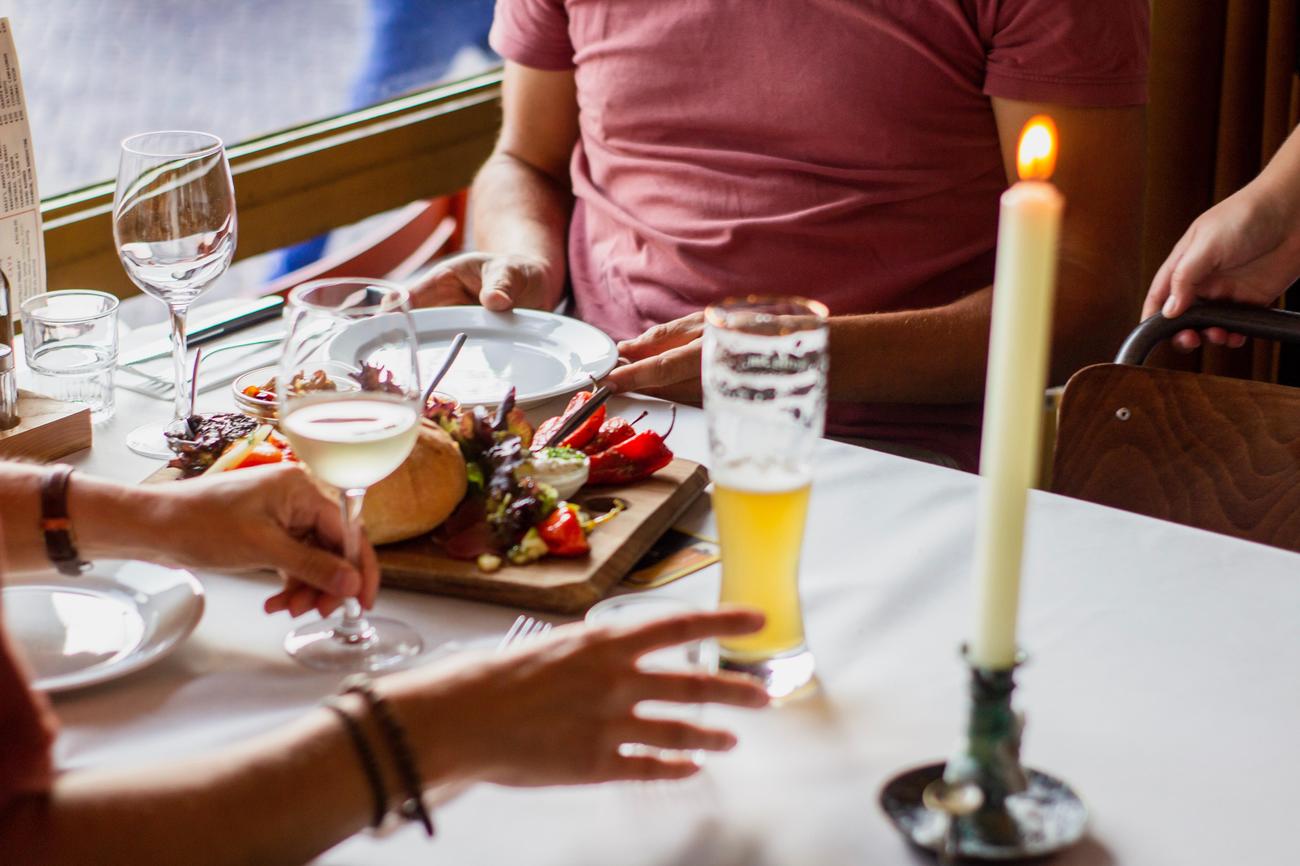Are you ready to embark on a mouthwatering journey through the tantalizing world of Mesoamerican tamales? Get ready to unravel the secrets of this ancient culinary tradition that has captivated taste buds for generations. As an experienced food writer and passionate explorer of cultural delights, I am thrilled to guide you through the rich tapestry of flavors, techniques, and regional variations that make up the mesmerizing world of Mesoamerican tamales. So grab a seat at the virtual table, prepare to tantalize your senses, and join me as we uncover the treasure trove that is the Mesoamerican tamale tradition.

Mesoamerican Tamale Tradition
In the vibrant tapestry of Mesoamerican cuisine, one culinary treasure stands out above the rest: the tamale. A staple food in the Aztec and Mayan diets, tamales have held a sacred place in Mesoamerican tradition for centuries. These delectable treats were not merely sustenance; they were a link to the gods, a symbol of spiritual connection, and a celebration of the rich bounty of the land. Join me on a journey as we unravel the captivating world of Mesoamerican tamales and discover the flavors, techniques, and regional variations that make them truly extraordinary.
Unveiling the Cultural Significance
Tamales played a central role in the Aztec and Maya civilizations, consumed during auspicious occasions, religious ceremonies, and festive feasts. These mouthwatering delicacies were lovingly prepared and enjoyed with gratitude for the abundance of maize, a crop held sacred by the Mesoamerican people. As we unwrap the layers of history woven into the tamale tradition, we reveal a tapestry of cultural connection, reverence, and culinary artistry.
“Tamales were more than a mere dish to the Maya people – they embodied their deep connection to the God of Maize.”
An Ancient Technique
At the heart of the tamale tradition lies the method of preparation. In ancient times, tamales were cooked using a steam bath, harnessing the heat generated by dried cane. This ingenious technique infuses the tamales with a unique flavor and ensures their moist and tender texture. As we delve further into the secrets of Mesoamerican tamale preparation, we discover a true embodiment of culinary ingenuity and resourcefulness.
The Flavorful Fillings
Within the delicate corn husks or banana leaves that envelope the tamale, a myriad of flavors awaits. Fillings range from succulent meats such as turkey, fish, frog, or rabbit to a tantalizing assortment of vegetables and chili peppers. Each region has its own distinctive twist on fillings, resulting in a captivating array of taste experiences. Prepare your taste buds for a gastronomic adventure as we explore the diverse flavors that make Mesoamerican tamales a true delicacy.
Regional Variations: A Tale of Taste
From the Yucatan Peninsula to the highlands of Guatemala, the Mesoamerican region presents a mosaic of tamale variations. Each locality embraces its unique combination of ingredients, cooking methods, and flavors, resulting in a rich tapestry of regional tamale treasures. With every bite, you can transport yourself to a specific corner of the Mesoamerican landscape, immersing yourself in the culinary legacy of that particular locale.
Preserving Tradition in Modern Times
As we fast forward to the present, it is heartening to know that the tamale tradition continues to flourish in modern Mexican cuisine. Traditional cooks, passing down ancestral knowledge, keep the flame of this age-old culinary practice alive. Whether enjoyed during festive occasions or savored as a comforting everyday meal, tamales serve as a bridge between generations, connecting us to our rich cultural heritage.
“Delicious, symbolic, and steeped in history, Mesoamerican tamales invite us to partake in an authentic cultural experience that transcends time.”
Embrace the flavors, techniques, and regional variations of Mesoamerican tamales, and embark on a journey through the tantalizing world of this ancient tradition. As you savor each mouthful, let the tamale transport you to a time when food was not merely sustenance, but a conduit for honoring the gods, celebrating abundance, and forging cultural connections. The Mesoamerican tamale tradition beckons, inviting you to experience the magic within its savory folds.
Tamales have a rich and fascinating history that spans thousands of years. From their ancient origins in Mesoamerica to their introduction to European settlers, the story of tamales is a journey of tradition, culture, and deliciousness. If you’re curious about the history of tamales and how they have evolved over time, click here to delve into the captivating world of tamales: History Of Tamales. You’ll uncover the secrets behind the creation of this beloved dish and gain a newfound appreciation for its significance in culinary history. Don’t miss out on this opportunity to discover the tantalizing tale of tamales.

FAQ
Q: What is the significance of tamales in Mesoamerican cuisine?
A: Tamales hold a deep cultural and historical importance in Mesoamerican cuisine. They were consumed for various occasions and celebrations, serving as a way to honor gods during specific moon phases, seasons, and spiritual ceremonies. Tamales were also associated with the Maya civilization’s reverence for their God of Maize, representing a connection to their agricultural roots.
Q: What types of fillings are commonly used in Mesoamerican tamales?
A: Mesoamerican tamales feature a diverse range of fillings. Traditional options include meat such as turkey, fish, frog, or rabbit, along with a combination of vegetables and chili peppers. The specific fillings can vary based on regional preferences and individual recipes.
Q: What is the historical background of tamales in Mesoamerica?
A: Tamales have a long and rich history in Mesoamerican tradition. They were a staple food in the Aztec diet and enjoyed by the Maya civilization. The preparation of tamales was considered a cosmic culinary engagement, requiring the careful planting, growing, and cultivation of maize. Today, tamales continue to be cherished as a delicious and symbolic dish in Mexican cuisine.
Q: How are tamales traditionally cooked in Mesoamerica?
A: In Mesoamerica, tamales were traditionally cooked by steaming them. The steam was generated by utilizing the dried cane, which was grown and harvested specifically for this purpose. This cooking method ensured that the tamales were infused with a unique and distinct flavor.
Q: How does the tamale tradition reflect the cultural heritage of Mesoamerican communities?
A: The tamale tradition in Mesoamerica reflects the cultural heritage of these communities in multiple ways. Tamales served as a vital part of rituals, ceremonies, and feasts, allowing people to connect with their gods and honor significant events. The elaborate process of planting and cultivating maize for tamale preparation showcased the importance of agriculture in Mesoamerican culture. By studying and preserving the tamale tradition, we can delve into the depths of Mesoamerican history and celebrate the richness of their culinary heritage.
- Mastering Leader in Spanish: The Complete Guide - April 19, 2025
- Uncovering Surprising Parallels: England Size Compared to US States - April 19, 2025
- Old Mexico Map: Border Shifts 1821-1857 - April 19, 2025
















